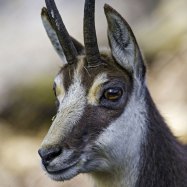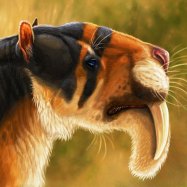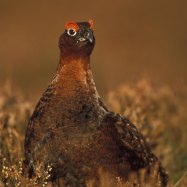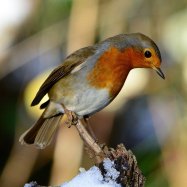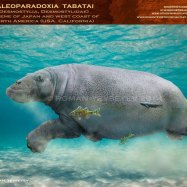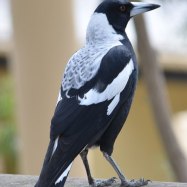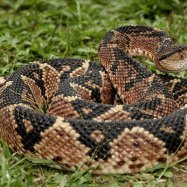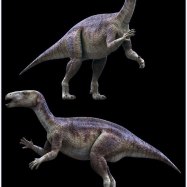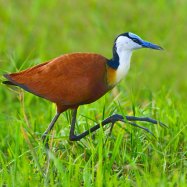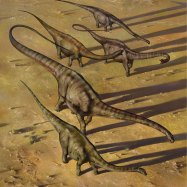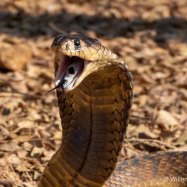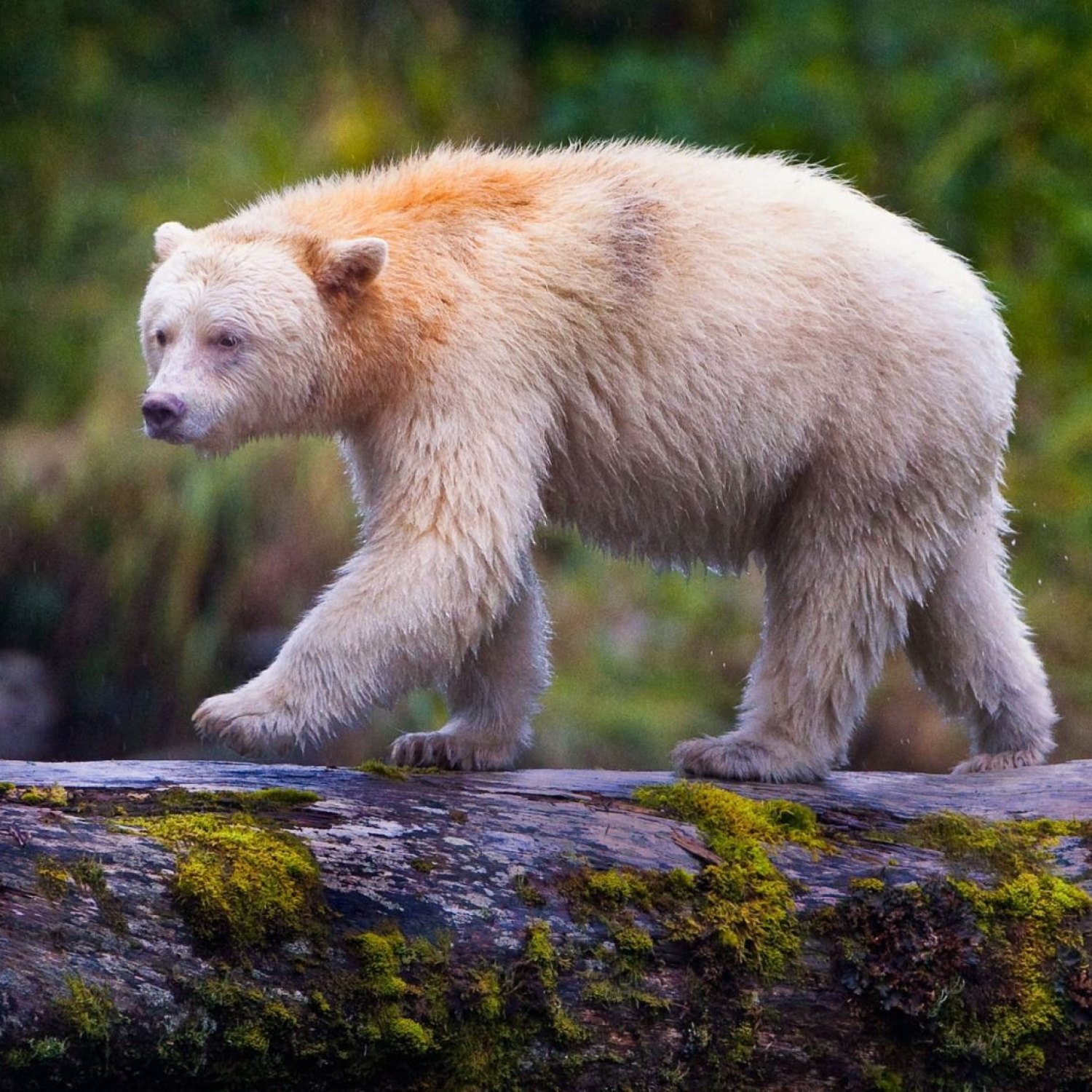
Kermode Bear
1.5 to 2.4 meters
Discover the fascinating world of the Kermode Bear, also known as the spirit bear. This large and stocky animal can reach up to 2.4 meters in length and can be found in the Great Bear Rainforest. Belonging to the Ursidae family, these majestic creatures are a must-see for any wildlife enthusiast. Book your trip to witness these beautiful animals in their natural habitat today! #KermodeBear #SpiritBear #GreatBearRainforest
Animal Details Summary:
Common Name: Kermode Bear
Kingdom: Animalia
Habitat: Temperate rainforests
Welcome to the Enchanted Great Bear Rainforest: Home of the Kermode Bear
Nestled in the lush rainforests of British Columbia, Canada lies a mystical creature unlike any other – the Kermode Bear. Also known as the Spirit Bear or Ghost Bear, this elusive animal is a unique subspecies of the North American Black Bear. With its stunning white or creamy-fawn coloration and mysterious presence, the Kermode Bear has captured the imaginations of many and is a symbol of the magnificent biodiversity of the Great Bear Rainforest.A Scientific Wonder of Nature
The Kermode Bear, scientifically known as Ursus americanus kermodei, belongs to the family Ursidae, which includes other well-known bears such as the Grizzly Bear and the Polar Bear Kermode Bear. It shares its genus with the North American Black Bear, but what sets the Kermode Bear apart is its dazzling coloration. This color variation is a result of a recessive gene known as the K locus, making the Kermode Bear a true scientific wonder of nature.The Name and Nicknames
Native to British Columbia, Canada, the Kermode Bear is named after Francis Kermode, a director of the Royal British Columbia Museum. He first described this subspecies in 1905, and since then, the bear has gone by many names. Amongst Indigenous communities, it is known as the Kermode or Kermode Spirit Bear, while the First Nations people call it Moksgm'ol in the Tsimshian language, meaning "white bear."Rainforest Dwellers
The Kermode Bear's habitat is primarily temperate rainforests, making the Great Bear Rainforest an ideal home for these bears. This vast coastal region, spanning over 6.4 million hectares, is one of the largest tracts of temperate rainforest left on earth. The Kermode Bear thrives in this dense forest, which is rich in salmon and other food sources Keel Billed Toucan.A Diverse Diet
As a subspecies of the North American Black Bear, the Kermode Bear shares a similar omnivorous diet. They have strong jaws and sharp claws, making them effective predators, but they also have a hearty appetite for a variety of plants, including berries and nuts. However, their preferred food source is the coastal salmon, which is a crucial part of their diet.The Canadian Connection
Kermode Bears are found exclusively in Canada, making them a symbol of national pride and a vital part of Canadian wildlife conservation efforts. In 2008, the Canadian Government passed the Spirit Bear Protection Act, protecting the Kermode Bear from hunting or poaching. This legislative move showcases the country's commitment to preserving the biodiversity of the Great Bear Rainforest and ensuring the survival of this unique species.A White Coat of Many Shades
One of the most distinctive features of the Kermode Bear is its soft, fluffy coat, which can range from pure white to a creamy-fawn color. The color variation is due to the recessive gene present in one of the cub's parents. It is believed that this white or cream coat acts as camouflage, making the Kermode Bear almost invisible to its prey in the dense rainforest.A Large and Stocky Build
Apart from its color, the Kermode Bear can be differentiated from other black bears by its large and stocky build. They have a broad head, heavy shoulders, and strong hindquarters, indicating their powerful strength. An adult Kermode Bear can range from 1.5 to 2.4 meters in length, with males weighing up to 280 kg, making them slightly larger than their black bear relatives.Discovering the Enchanting Great Bear Rainforest
The Great Bear Rainforest is a haven for nature enthusiasts and adventure seekers alike. With its stunning landscapes, diverse ecosystems, and fascinating wildlife, it is a must-visit destination. Visitors have the opportunity to witness the elusive Kermode Bear in its natural habitat, but it requires patience and a little bit of luck. Guided tours, eco-lodges, and responsible wildlife viewing practices are available to ensure a memorable experience without disturbing or harming the animals.The Need for Conservation
While the Canadian Government has taken steps to protect the Kermode Bear, the subspecies is still classified as a vulnerable species. Deforestation, climate change, and poaching remain a threat to their survival. Therefore, it is essential to promote sustainable tourism and educate the public on the importance of preserving the Kermode Bear's natural habitat and the Great Bear Rainforest as a whole.Unraveling the Mystique of the Kermode Bear
The Kermode Bear is a creature unlike any other, thriving amidst the lush rainforests of Canada's Great Bear Rainforest. Its stunning coloration, diverse diet, and elusive nature make it a symbol of Canada's unique biodiversity. With its powerful build and mysterious presence, it has captivated the hearts and minds of many, making it a popular subject of myth and legend. But the Kermode Bear is not just a myth; it is a living wonder of nature and a reminder of the magic that exists within the enchanting Great Bear Rainforest.

Kermode Bear
Animal Details Kermode Bear - Scientific Name: Ursus americanus kermodei
- Category: Animals K
- Scientific Name: Ursus americanus kermodei
- Common Name: Kermode Bear
- Kingdom: Animalia
- Phylum: Chordata
- Class: Mammalia
- Order: Carnivora
- Family: Ursidae
- Habitat: Temperate rainforests
- Feeding Method: Omnivorous
- Geographical Distribution: British Columbia, Canada
- Country of Origin: Canada
- Location: Great Bear Rainforest
- Animal Coloration: Mostly white or creamy-fawn
- Body Shape: Large and stocky
- Length: 1.5 to 2.4 meters
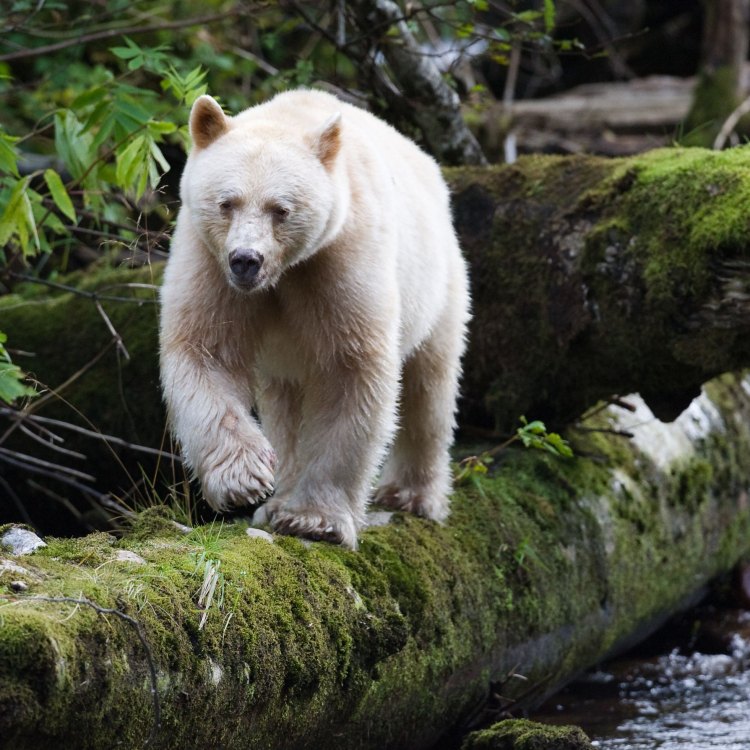
Kermode Bear
- Adult Size: 120 to 280 kilograms
- Average Lifespan: 15 to 25 years
- Reproduction: Sexual
- Reproductive Behavior: Mating in late May to early July
- Sound or Call: Growls, huffs, and moans
- Migration Pattern: Non-migratory
- Social Groups: Solitary
- Behavior: Mainly nocturnal and solitary, but can be social
- Threats: Habitat loss and fragmentation, climate change, hunting
- Conservation Status: Species of Special Concern
- Impact on Ecosystem: Key species in ecosystem as seed dispersers and predators
- Human Use: Ecotourism
- Distinctive Features: Spirit bear subspecies with white fur
- Interesting Facts: Kermode bears, also known as spirit bears, have a recessive gene that gives them their white fur coloration
- Predator: Humans
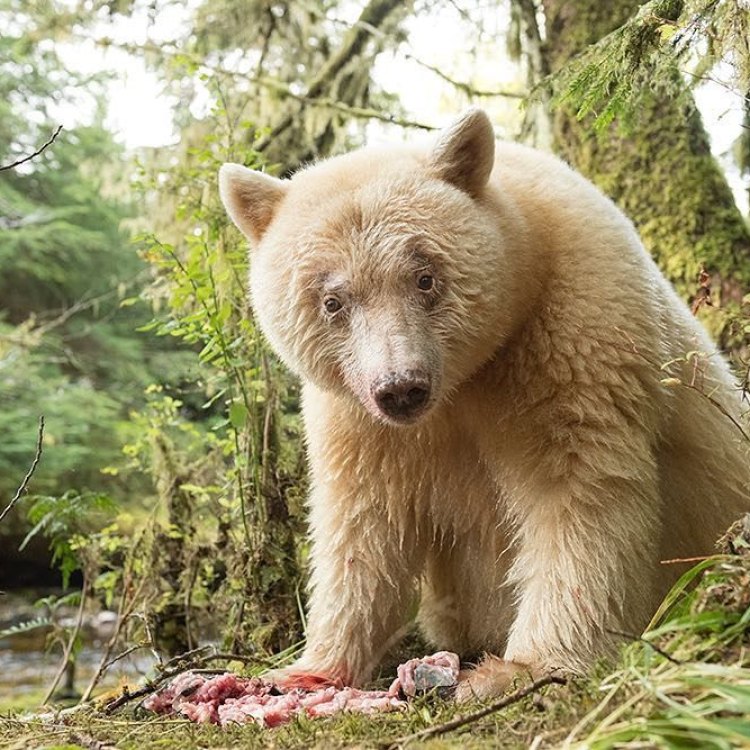
Ursus americanus kermodei
The Fascinating World of the Kermode Bear
Deep in the lush, temperate rainforests of coastal British Columbia, there exists a unique and mysterious creature – the Kermode bear. Also known as the spirit bear, these bears hold a special place in both the natural world and the hearts of the indigenous people who have lived beside them for centuries.The Kermode bear (Ursus americanus kermodei) is a subspecies of the North American black bear, with a distinctive feature – their white fur. This coloration is caused by a recessive gene, giving them a striking and ethereal appearance that is unlike any other bear in the world PeaceOfAnimals.Com. In this article, we will delve into the fascinating world of the Kermode bear and discover their interesting features and behavior.
The Basics: Adult Size, Average Lifespan, and Reproduction
One of the first questions that may come to mind when learning about a new animal is its size. Adult Kermode bears range from 120 to 280 kilograms, with males being larger than females on average. As for their average lifespan, they can live up to 15 to 25 years in the wild.When it comes to reproduction, Kermode bears follow the same pattern as other black bears – sexual reproduction. This means that they require a mate to reproduce, and the females give birth to one to three cubs at a time. These cubs are born in the den during the winter months and emerge in the spring.
Reproductive Behavior, Sounds, and Migration Pattern
Kermode bears mate during a specific time of the year, typically from late May to early July. During this period, male bears compete for females by fighting and marking their territory with their scent Keeshond. Once a female is pregnant, the gestation period can last for up to 7 months.As with other bears, Kermode bears communicate using a variety of sounds or calls. They can produce growls, huffs, and moans, which serve as a means of communication between individuals. These sounds can be heard when the bears are competing for a mate or in territorial disputes.
When it comes to migration, Kermode bears are unique in that they are non-migratory. They live in a specific range within the temperate rainforest and do not typically travel outside of it. This is due to the abundance of food and shelter available to them in their natural habitat.
Social Groups and Behavior
While Kermode bears are mainly solitary animals, they can also exhibit social behavior. They are known to interact with each other during the mating season, and mothers often remain with their cubs for up to two years before they are independent. However, outside of the mating season and mother-cub interactions, these bears prefer to live a solitary life.In addition, Kermode bears are primarily nocturnal, meaning they are more active at night. This behavior allows them to avoid competition with other animals that are more active during the day. However, they can also be active during the day, especially in areas with less human activity.
Threats and Conservation Status
Like many other species, Kermode bears face threats to their survival. The main threats include habitat loss and fragmentation, climate change, and hunting. These bears require large areas of untouched, forested land to thrive, and as human development expands into their habitats, they are at risk of losing their homes.As a result, the Kermode bear is classified as a Species of Special Concern by the Committee on the Status of Endangered Wildlife in Canada (COSEWIC). This means that they are not classified as endangered yet, but are at risk of becoming so if conservation efforts are not made.
The Impact of Kermode Bears on the Ecosystem
Kermode bears play a crucial role in their ecosystem as both seed dispersers and predators. As omnivorous animals, they consume a variety of plants and animals, including fruits and insects. When they forage, they help disperse seeds, contributing to the growth and diversity of the forest.They also play a key role as predators, controlling populations of other animals such as salmon, which are a vital food source for them. As a top predator, they help maintain a natural balance within their ecosystem, highlighting their importance in the natural world.
Human Use: Ecotourism
Despite their threats, Kermode bears are fortunate enough to have one significant benefit from humans – ecotourism. This form of responsible tourism allows visitors to observe these majestic animals in their natural habitat while also contributing to their conservation.There are several ecotourism programs in place in British Columbia that offer bear-viewing opportunities, which provide economic benefits to local communities and raise awareness about the importance of preserving these creatures and their habitat. This mutually beneficial partnership between humans and Kermode bears has helped raise their profile and offer hope for their future.
The Uniqueness of the Kermode Bear
One of the most fascinating features of the Kermode bear is their white fur coloration. This puts them in a special category of animals known as "spirit animals" by the Indigenous peoples of their range. These bears hold immense cultural significance to these communities, and they are considered a symbol of strength, harmony, and peace.The white fur of Kermode bears is a result of a recessive gene, and it is estimated that only 1 in 10 black bears in their range carries this gene. This makes them a truly unique and mystical creature, with their white fur standing out in the lush green forests of coastal British Columbia.
Human Impact: A Predator Unlike Any Other
Sadly, the biggest predator to the Kermode bear is humans. Habitat loss, hunting, and climate change are all caused by human actions and pose a severe threat to these bears' survival. As we continue to develop and alter the environment, we are encroaching upon their natural habitat, making it difficult for them to thrive.Furthermore, illegal hunting still occurs, despite the subspecies' protected status, and climate change poses a significant threat to their habitat and food sources. It is up to us, as responsible stewards of the earth, to take action and protect these beautiful animals.
In Conclusion
In conclusion, the Kermode bear is a unique and extraordinary creature that holds a special place in our world. With their striking white fur and important role in their ecosystem, they are a symbol of hope and harmony. It is crucial that we work together to protect their habitat and ensure their survival for future generations to appreciate and admire. So next time you visit the temperate rainforests of coastal British Columbia, keep an eye out for these magnificent creatures and remember the crucial role they play in our ecosystem.
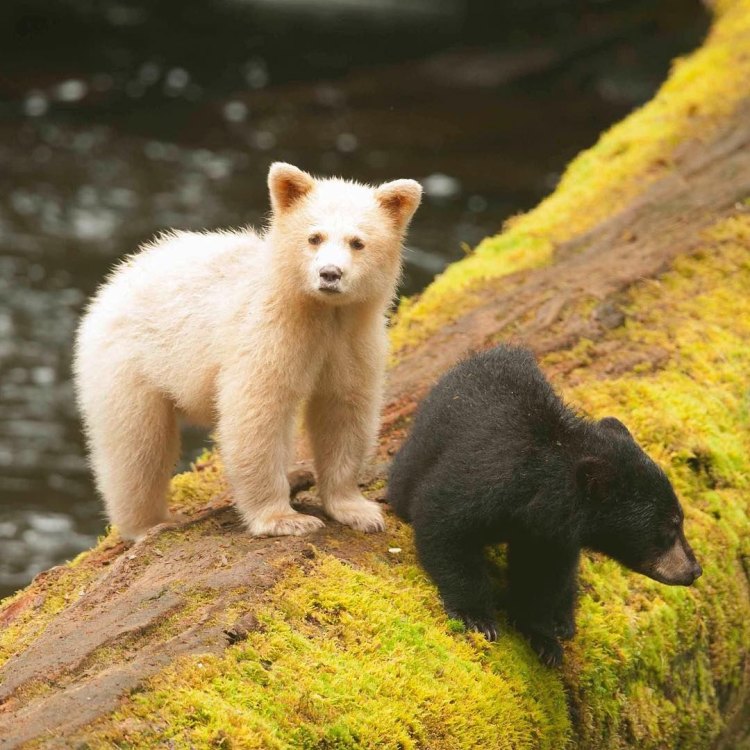
Welcome to the Enchanted Great Bear Rainforest: Home of the Kermode Bear
Disclaimer: The content provided is for informational purposes only. We cannot guarantee the accuracy of the information on this page 100%. All information provided here may change without prior notice.

